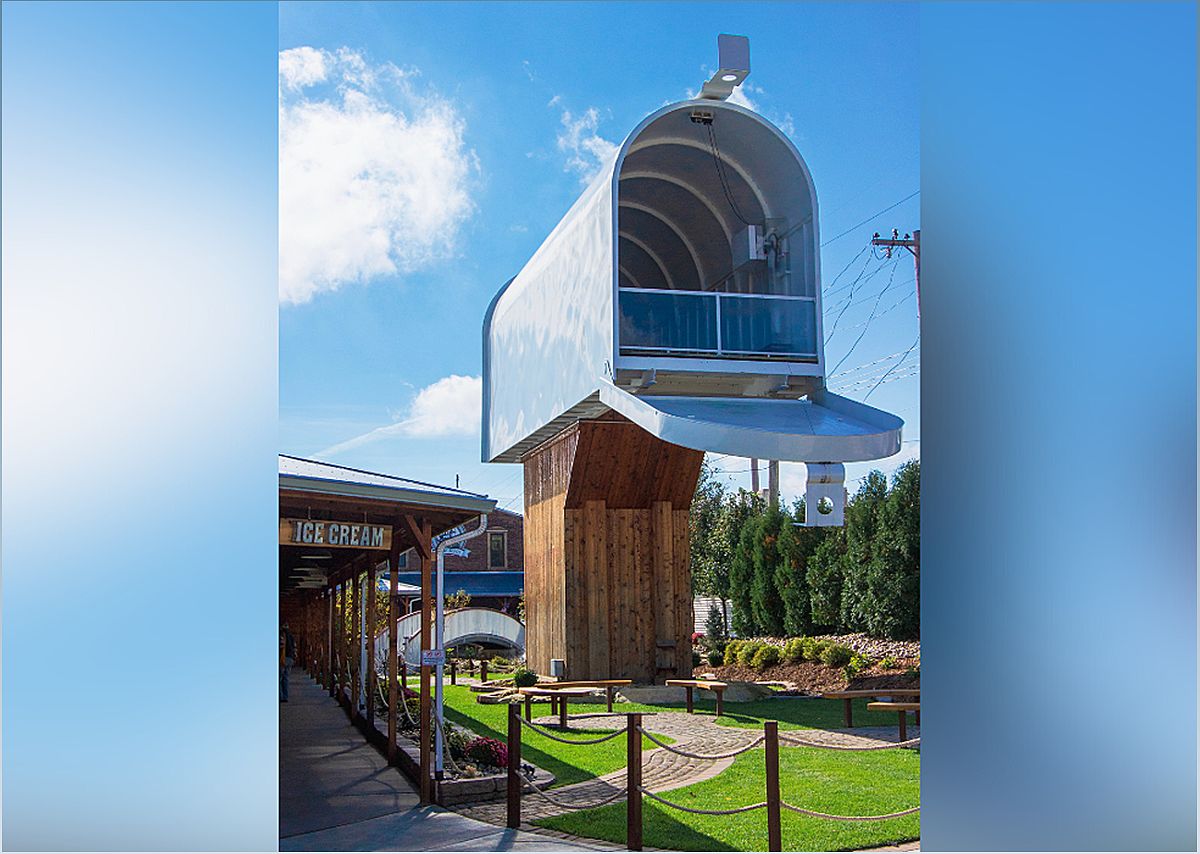Have you ever wondered why the Detroit River appears clear and blue on the American side, while on the Canadian side it takes on a brown and grimy hue? This striking difference has sparked discussions and curiosity among geography enthusiasts. In this article, we will delve into the possible explanations for this intriguing phenomenon and shed light on the truth behind the contrasting colors of the Detroit River.
The Satellite Imagery Explanation
Unveiling the role of satellite imagery in the contrasting colors of the Detroit River
One possible explanation for the difference in color between the American and Canadian sides of the Detroit River lies in the satellite imagery used to capture the images. It is likely that the pictures were taken at different times of the year and then blended together, resulting in variations in color.
The Canadian side may have been captured during a period of high runoff, leading to a muddier appearance. Additionally, the timing of the imagery may have contributed to the stark difference in color.
While these factors partially explain the contrasting colors, it is important to note that some residents of the area claim there is no significant difference between the two sides. This suggests that the variation in appearance could be attributed to the idiosyncrasies of satellite imagery rather than a true difference in water quality.
The Influence of Agricultural Runoff
Exploring the impact of agricultural runoff on the color of the Detroit River
The Canadian side of the Detroit River and Lake St. Clair tends to have a higher amount of agricultural runoff compared to the American side. This runoff can contain sediment, fertilizers, and other pollutants that contribute to the brown and grimy appearance of the water.
During periods of heavy rainfall or snowmelt, the runoff from agricultural areas can increase, intensifying the discoloration of the water. This phenomenon is more pronounced in certain seasons, further emphasizing the contrast between the two sides of the river.
The Urban Influence on the American Side
Understanding the impact of urbanization on the clarity of the Detroit River
On the American side of the Detroit River, the presence of urban areas plays a role in the clear and blue appearance of the water. Urbanization brings with it infrastructure and practices that help manage stormwater runoff and reduce pollution.
The implementation of green infrastructure, such as rain gardens and permeable pavement, helps filter and absorb pollutants, resulting in cleaner water. Additionally, wastewater treatment plants effectively treat and remove contaminants before they enter the river.
These urban practices contribute to the overall clarity and quality of the water on the American side, creating a stark contrast with the Canadian side.
The Detroit Riverfront: A Hidden Gem
Discovering the beauty and attractions of the Detroit Riverfront
While the contrasting colors of the Detroit River may initially create a negative impression for the city of Windsor, it is important to note that the riverfront on both sides offers unique attractions and experiences.
The Detroit Riverfront, in particular, is a hidden gem waiting to be explored. Stretching for miles along the river, it offers stunning views, parks, trails, and recreational activities for visitors and residents alike.
From the iconic Detroit Riverwalk to the outdoor festivals and events that take place throughout the year, the riverfront is a vibrant and lively destination that showcases the city's revitalization and cultural offerings.
Whether you're interested in art, history, sports, or simply enjoying the scenic beauty of the river, the Detroit Riverfront has something for everyone.

